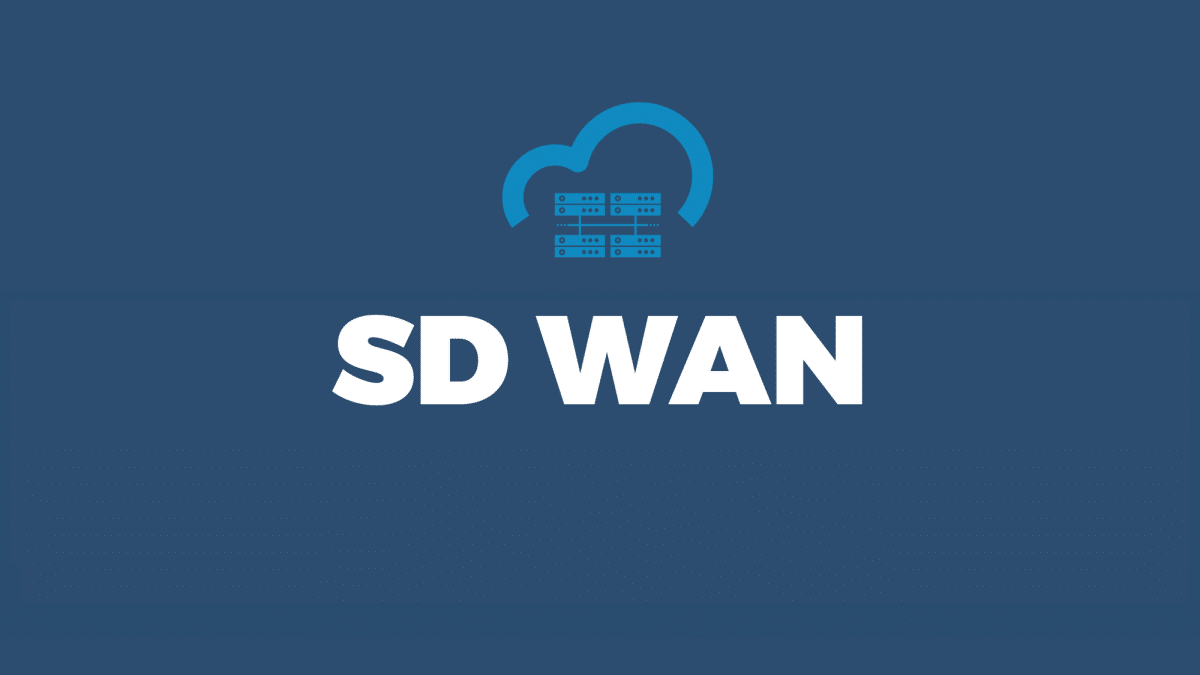
SD-WAN (Software-Defined Wide Area Network) as a service is revolutionizing the way businesses manage their network infrastructure. In this guide, we’ll delve into what SD-WAN as a service entails, its benefits, key features, and considerations for implementation.
What is SD-WAN as a Service?
SD-WAN as a service is a cloud-based networking solution that offers businesses a flexible and cost-effective approach to managing their wide area networks. Unlike traditional WAN solutions that rely on hardware appliances, SD-WAN leverages software-defined technology to optimize network performance, enhance security, and streamline management.
Key Features of SD-WAN as a Service
- Centralized Management: SD-WAN as a service allows administrators to centrally manage and monitor network traffic, applications, and security policies through a user-friendly dashboard.
- Dynamic Path Selection: It dynamically selects the most efficient and reliable path for network traffic, optimizing performance and ensuring consistent user experience.
- Application Optimization: SD-WAN prioritizes critical applications and allocates bandwidth accordingly, ensuring optimal performance even in bandwidth-constrained environments.
- Security Integration: It integrates advanced security features such as encryption, firewalls, and threat detection to protect data and applications across the network.
Benefits of SD-WAN as a Service
- Cost Savings: By leveraging the cloud and eliminating the need for expensive hardware appliances, SD-WAN as a service helps businesses reduce capital expenditures and operational costs.
- Improved Performance: SD-WAN optimizes network traffic and application performance, resulting in faster response times, reduced latency, and enhanced user productivity.
- Scalability: It offers scalability to accommodate the evolving needs of businesses, allowing them to add or remove network resources as required easily.
- Enhanced Agility: With its software-defined architecture, SD-WAN as a service enables businesses to quickly adapt to changing network conditions and deploy new applications and services with ease.
- Enhanced Security: By integrating advanced security features, SD-WAN as a service helps businesses strengthen their network defenses and mitigate cyber threats.
Considerations for Implementation
- Bandwidth Requirements: Assess your organization’s bandwidth requirements to ensure that the SD-WAN solution adequately supports your current and future network needs.
- Integration with Existing Infrastructure: Consider how the SD-WAN solution integrates with your network infrastructure, applications, and security tools.
- Security and Compliance: Evaluate the SD-WAN solution’s security features and compliance requirements to ensure that it meets your organization’s security standards and regulatory obligations.
- Provider Reputation: Choose a reputable SD-WAN service provider with a track record of delivering reliable and secure networking solutions.
- Support and Maintenance: Consider the level of support and maintenance offered by the SD-WAN service provider, including technical support, software updates, and troubleshooting assistance.
Conclusion
SD-WAN as a service offers businesses a flexible, cost-effective, and scalable solution for managing their wide area networks. By leveraging software-defined technology, centralized management, and advanced security features, SD-WAN as a service helps businesses optimize network performance, enhance security, and improve agility. When considering SD-WAN as a service, it’s essential to carefully evaluate your organization’s requirements, choose a reputable service provider, and plan for seamless integration with existing infrastructure. With the right approach, SD-WAN as a service can empower businesses to achieve their networking goals and drive digital transformation.






























